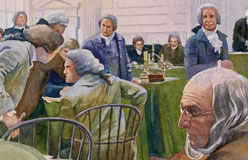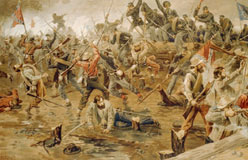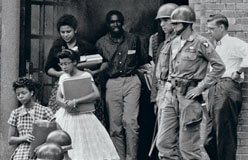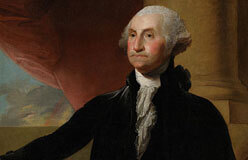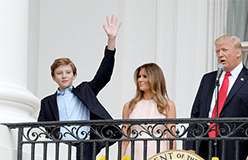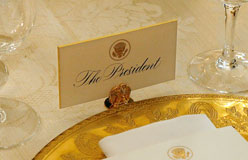Fighting for freedom is one thing. But knowing what to do with it is a whole different matter.
When the British surrendered at Yorktown, Virginia, in 1781, the 13 North American colonies had effectively won their independence. However, it was not clear what would happen next. Would each of the former colonies be a new country? Would they be connected? Or would they form one country with a strong central government? It took many years to answer these questions.
From 1781 to 1787, the 13 states formed a loose association. It was governed by a document called the Articles of Confederation. The individual states held most of the power. Congress passed laws on issues that mattered to all of them. But this system had problems. In 1789, a new document, called the Constitution, bound the 13 states into a “more perfect union.”
The Constitution created a government of three branches: executive, legislative, and judicial. The executive branch carries out the laws. The legislative branch (Congress) passes laws. The judicial branch (the courts) decides if the laws are being carried out fairly. The president runs the executive branch. But, as you will see, the president is much more.
